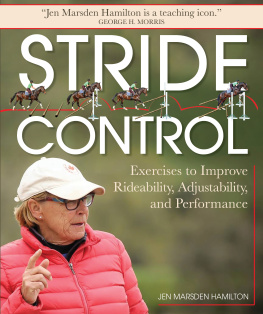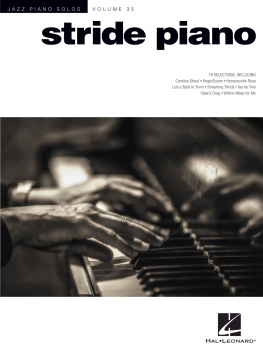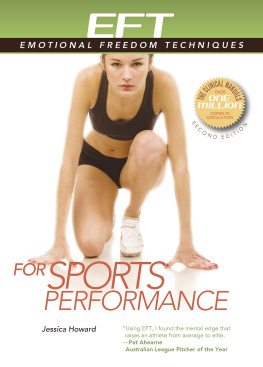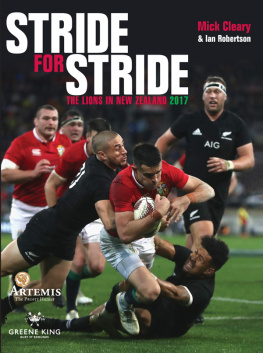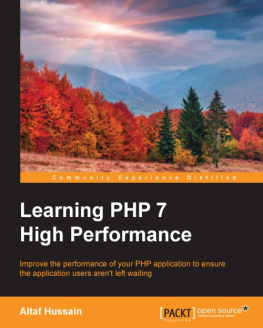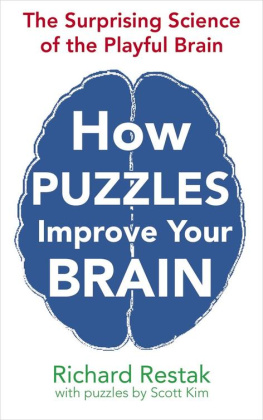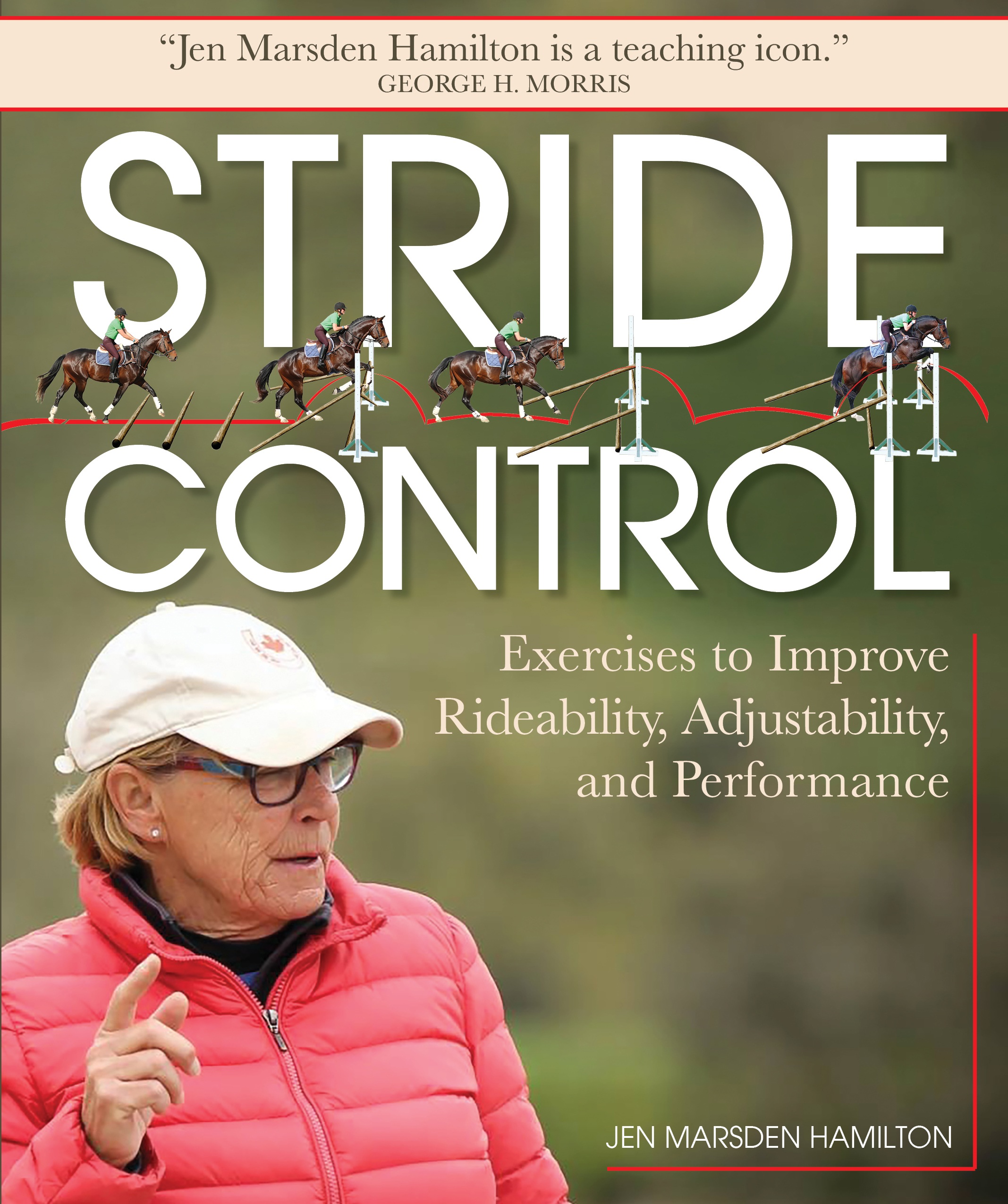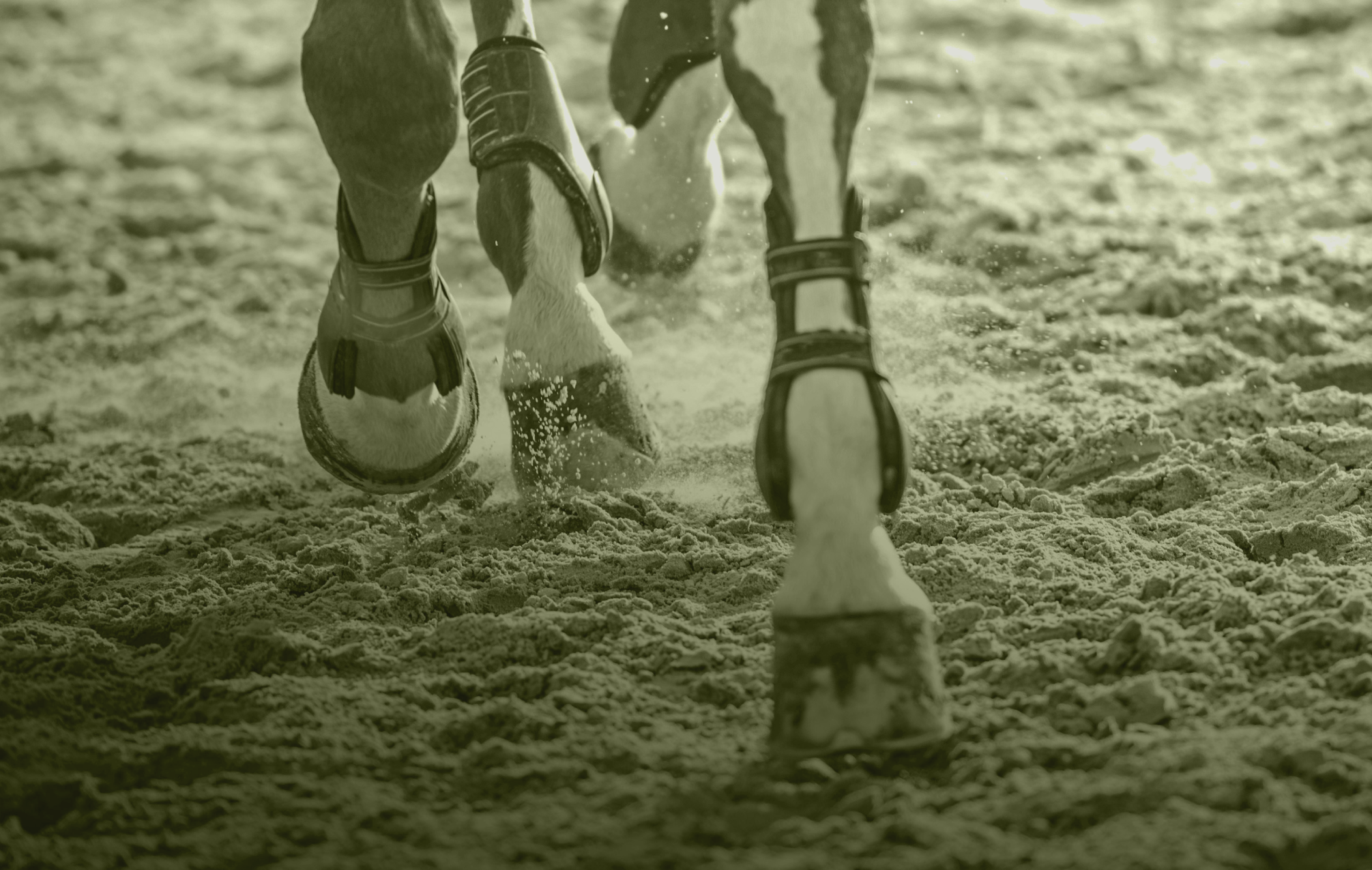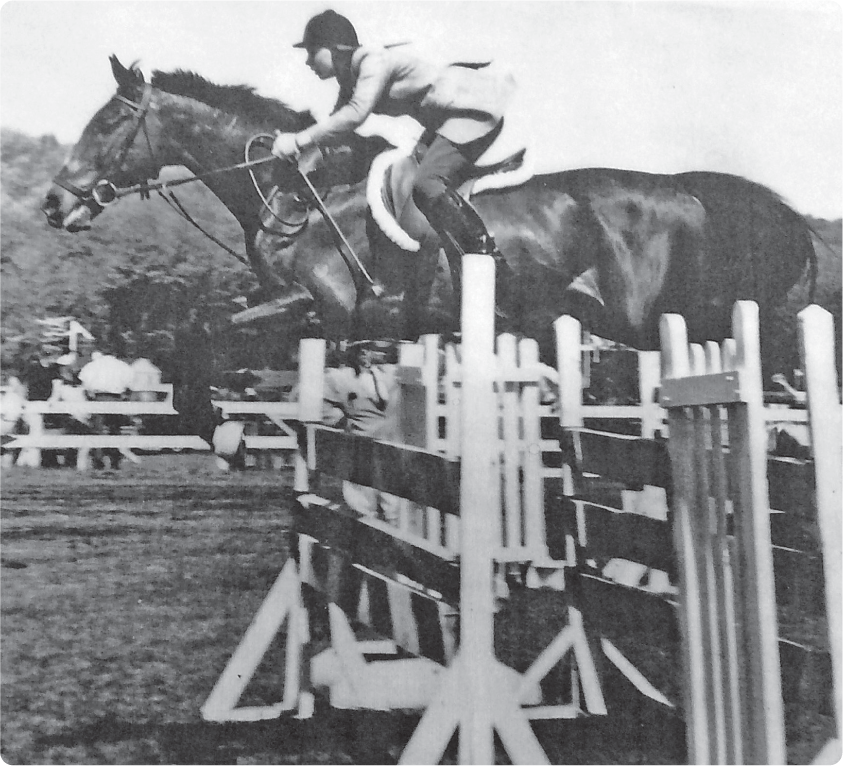1
i nt ro
duct i on
Stride Control: Exercises to Improve Rideability, Adjustability, and Performance
Riding on your own can be lonesome.
But directed training on your own
can be great fun. Enjoy
and be a star!
2
Here I am with Wee Geordie, showing in Fairfield, Connecticut, 1964.
3
In the early 1960s I was at the Boulder Brook Show in White Plains, New York, hanging over the in-gate, learning the Open Jumper course, and Dr. Danny Marks was giving his opinion on how the course should be ridden. In the Old Days, no one walked a jumper or equitation coursenot even at the Medal and Maclay Finals at Madison Square Garden! Danny announced from his visual inspection that he would do so many strides between those jumps and so many between those. As a junior riding against the big guys, I had no idea what he was talking about, or if anyone else around us did (because there was some snickering), but I was fascinated. I kept my spot at the in-gate when Danny rode in on Red Shoes so I could watch. I really didnt know how to count strides, and Im not sure Dannys pre-class assessment was rightor if he rode his plan!but nevertheless, it opened the door to a new concept for me.
In those days the only distances on a course that were measured were the in-and-out for the hunters and the combinations for the jumpers. There was also no time allowed. So, the rider with an eye on a bad mover with lots of spring could easily win in the jumpers. The rider who could place the horse at an optimum takeoff distance covered up a horses lack of rideability. Most rides back then were not subtle. The hunters were mainly hand ridden over outside courses. Having an eye for the distance was key, and that, as we understood it, was natural talent. You either had it or you didnt, and if you didntgood luck to you!
Since the distances on courses werent related, the hook and hold and boot and scoot ride with unorthodox equitation over the jumps predominated. Dave Kelly on Grey Arrow, Johnny Bell on McLain Street, and Russell Stewart on My Play Boy are examples of such riders, and they were winnersand it was the winners we developing riders (watchers) copied. Beautiful, sophisticated riders such Bill Steinkraus and other U.S. Equestrian Team riders werent seen at many shows. Gladstone was Meccaand not for mere mortals.
4
It was still the Old Days when I started taking lessons with George Morris, and since I had a decent eye, all went well for me in the Open Jumper and Equitation divisions. But when it was decided I should show the horse I rode in Equitation in Junior Hunter, things fell apart. She was a very good jumper, and I could get her to the jumps, but her stride wasnt the best. She wasnt a daisy cutter, and she could be a bit hot. In Equitation classes this wasnt a problem because the riders skill, effectiveness, and position were being judged, but over simple Hunter courses where the horse was being judged, my mares weaknesses were magnified. My father thought showing in the Junior Hunter was stupid and a waste of money. Little did any of us know that the equestrian world was about to change!
George, in his wisdom, introduced me to striding, and on a very basic level, taught me to count strides. This was what Danny Marks had been talking about.
We were at a show at the time, and striding helped my performance in the Hunter classes, but it was distracting at the same time. Was I suppose to count or see to find the distance? Since the distances werent stated on the course copy and we didnt walk courses, no one knew how many strides to fit in a line and if those strides were forward or steady. George watched the first rider on course and developed a strategy for my ride. Fortunately, George had a good eye from outside the ring and gave good advice. He told me the number of strides to put in a line but not really how to achieve it. That was a detail to be learned later. Looking back on it, I think if I rode a line well, it was mostly luck.
I learned something very important at that show: Learn, practice, and hone skills at home before using them in competition. Although striding helped me over simpler Hunter courses, when I went in an important Equitation class, I went off course because my mind was overloaded with the unfamiliar and my natural ride got buried.

